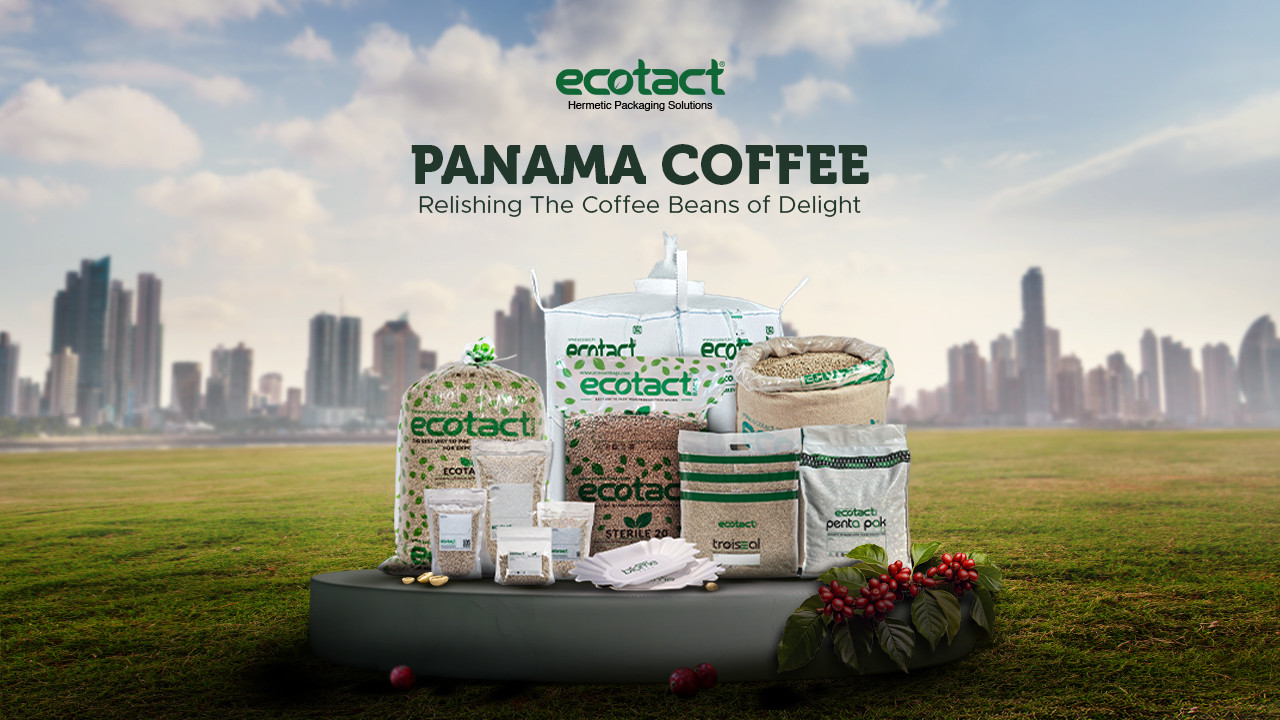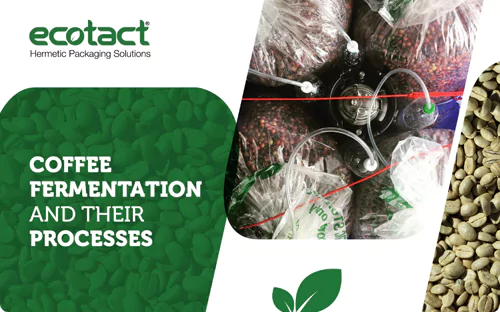Unveiling the tales of perseverance, innovation, and a journey through tradition and experimentation, Panama's coffee world is fascinating. From the coastal whispers of Chiriqui, a province of Panama, to the challenges of cultivating Geisha, a kind of coffee bean, in the 1960s, Panama's coffee journey is an interesting narrative. Today, it has left an indelible mark on the global coffee map. So, grab your favorite brew, and let's explore the world of delicious Panama coffee beans.
Exploring Panama's Coffee Heritage
Panama's history lies in a quietly brewing relationship with coffee that traces back to the 19th century. European immigrants ushered in this aromatic crop, initially taking root in the coastal plantations of the province of Chiriqui, once called the Valley of the Moon. Remarkably, Chiriqui remains Panama's primary coffee-producing region, carrying forward a legacy that began centuries ago.
The early coffee plantations faced challenges like pests and diseases, prompting a strategic shift to higher altitudes. As the crops ascended, so did the quality of Panama's coffee. The journey from coastal plains to mountainous terrains marked a turning point, enhancing the flavor and character of the beans.
In the 1960s, Panama's coffee landscape witnessed a significant introduction – the arrival of Geisha. These were not just any seeds; they were the first specimens collected from wild-growing trees in Ethiopia. However, this newfound addition had a modest impact initially, with many farmers grappling to cultivate and sustain this unique crop.
Diverse Coffee Regions of Panama
Panama's coffee landscape is a tapestry of diverse regions, each contributing unique flavors and characteristics to the country's rich coffee profile. Let's embark on a journey through the notable coffee-growing regions, exploring the types, flavors, and nuances that distinguish Panama's coffee.
Boquete
The most famous Panama coffee-growing region is Boquete. It is located in the west of the country on the east side of the Volcán Barú – an active stratovolcano and the tallest mountain in Panama. Situated in the western highlands, Boquete is synonymous with high-quality Arabica coffee. Boquete's coffee boasts a well-balanced acidity, with notes of citrus, floral undertones, and a distinctive sweetness. Geisha, a prized varietal, thrives in Boquete's fertile soil, elevating the region's reputation on the global stage.
Here, the altitudes vary from 1,300 to 6,200 feet above sea level. The coffee farms around the area grow the Geisha coffee bean plant alongside Typica, Catura, Catuai, Bourbon, and San Roman varieties.
Volcan-Candela
You can find Volcan-Candela in the highlands of Chiriqui, not too far from Boquete. The name comes from a combination of Volcán Barú and the city of Piedra Candela. Proximity to the volcano is key to the success of these two areas of Panama’s coffee-growing industry. Around 450 years ago, Volcán Barú erupted and littered the surrounding areas with nutrient-rich rock fragments. Positioned at higher elevations, flavors range from a little acidic, fruity, and chocolaty. Coffee farms in Volcan-Candela can be found at altitudes from 3,900 to 5,200 feet above sea level. Similar to Boquete, the coffee varieties grown are Typica, Caturra, Catuai, Bourbon, Geisha, and San Roman.
Renacimiento
Renacimiento is the third coffee region in the Chiriqui province of Panama that lies on the Costa Rican border, just to the west of Boquete and Volcan-Candela. Renacimiento has also gained attention for its sustainable and organic coffee practices. A variety of coffee like Typica, Caturra, Catuai, Bourbon, Geisha, and San Roman are grown here, between 3,600 and 4,900 feet above sea level. Expect a well-rounded body, a smooth flavor, and a clean finish from beans grown in this eco-conscious region.
Panama's coffee production is a vital component of its economy. It is also a source of pride and distinction on the international stage, adopting sustainable practices. Many coffee producers in Panama are increasingly moving to sustainable and environment-friendly practices. This includes shade-grown cultivation and organic farming methods.
Celebrating this spirit and taking it a step ahead is Ecotact. We aim to redefine correct packaging for coffee beans, i.e., sustainable coffee packaging with eco-friendly coffee bags. With our 9-layer hermetic storage bags, green coffee beans remain as fresh as the day they were harvested. Our commitment to producing high-quality and sustainable packaging aims to ensure that you enjoy fresh and delicious cups of Panama coffee, always!
Diverse Coffee Regions of Panama
Boquete
Volcan-Candela
Renacimiento
 English
English
 Spanish
Spanish French
French


